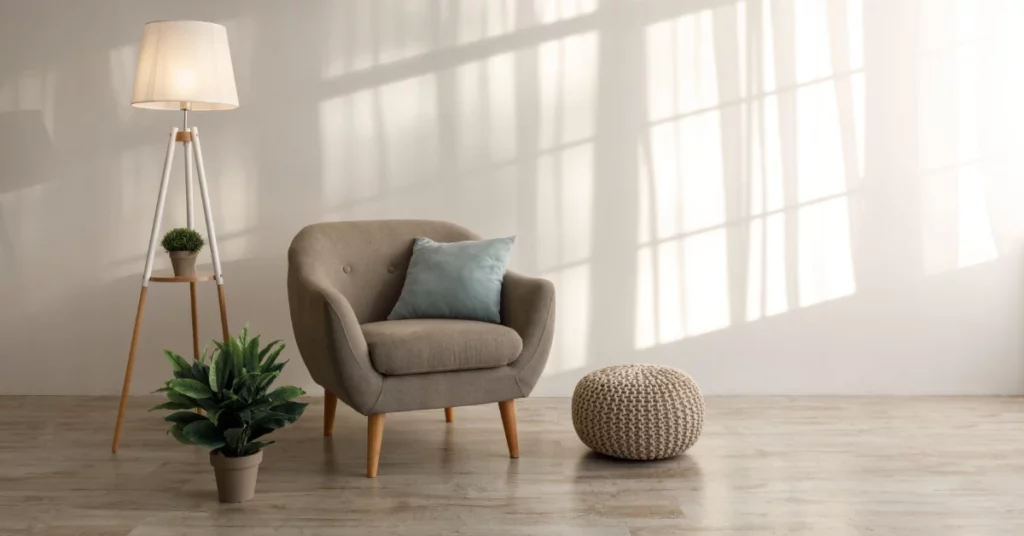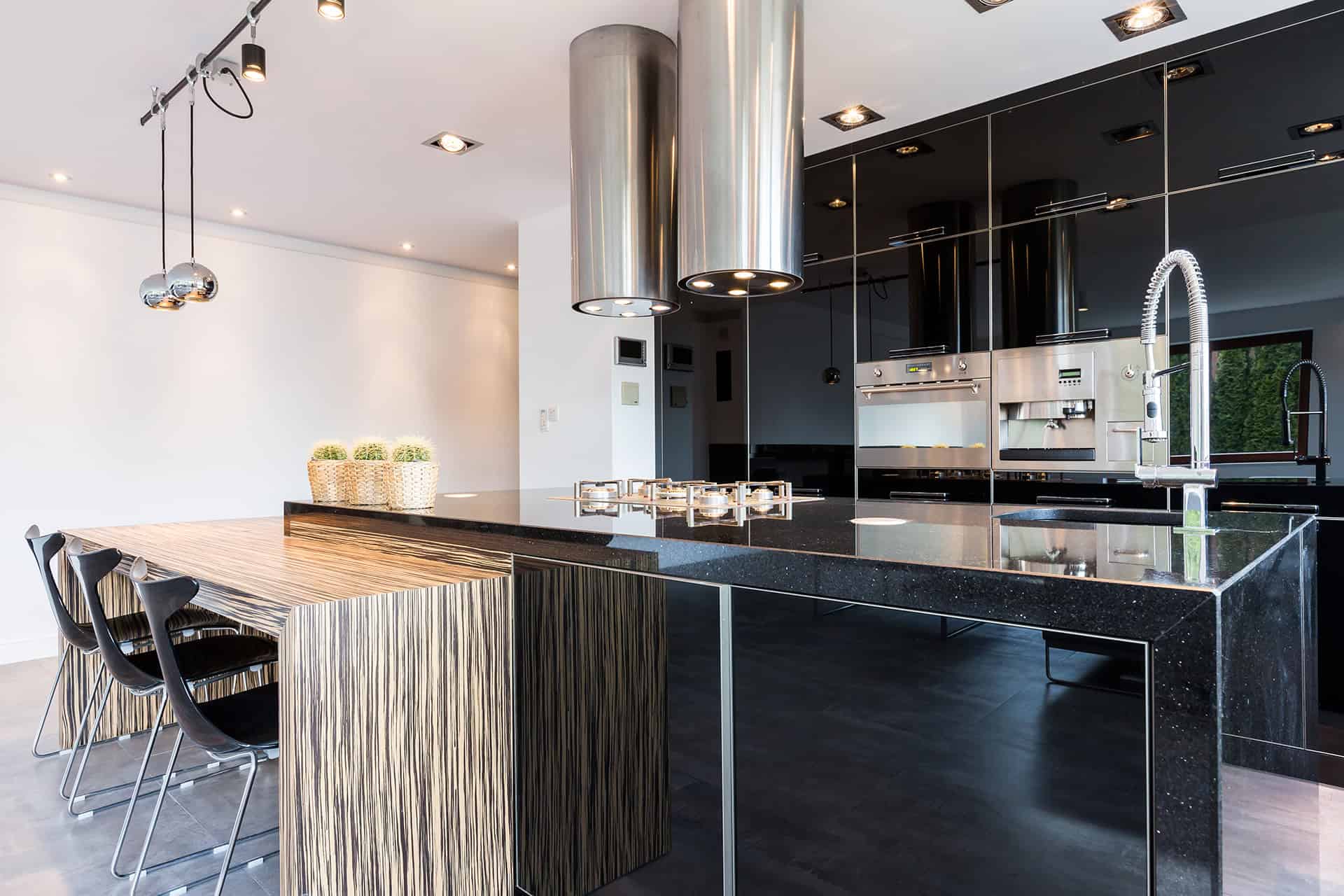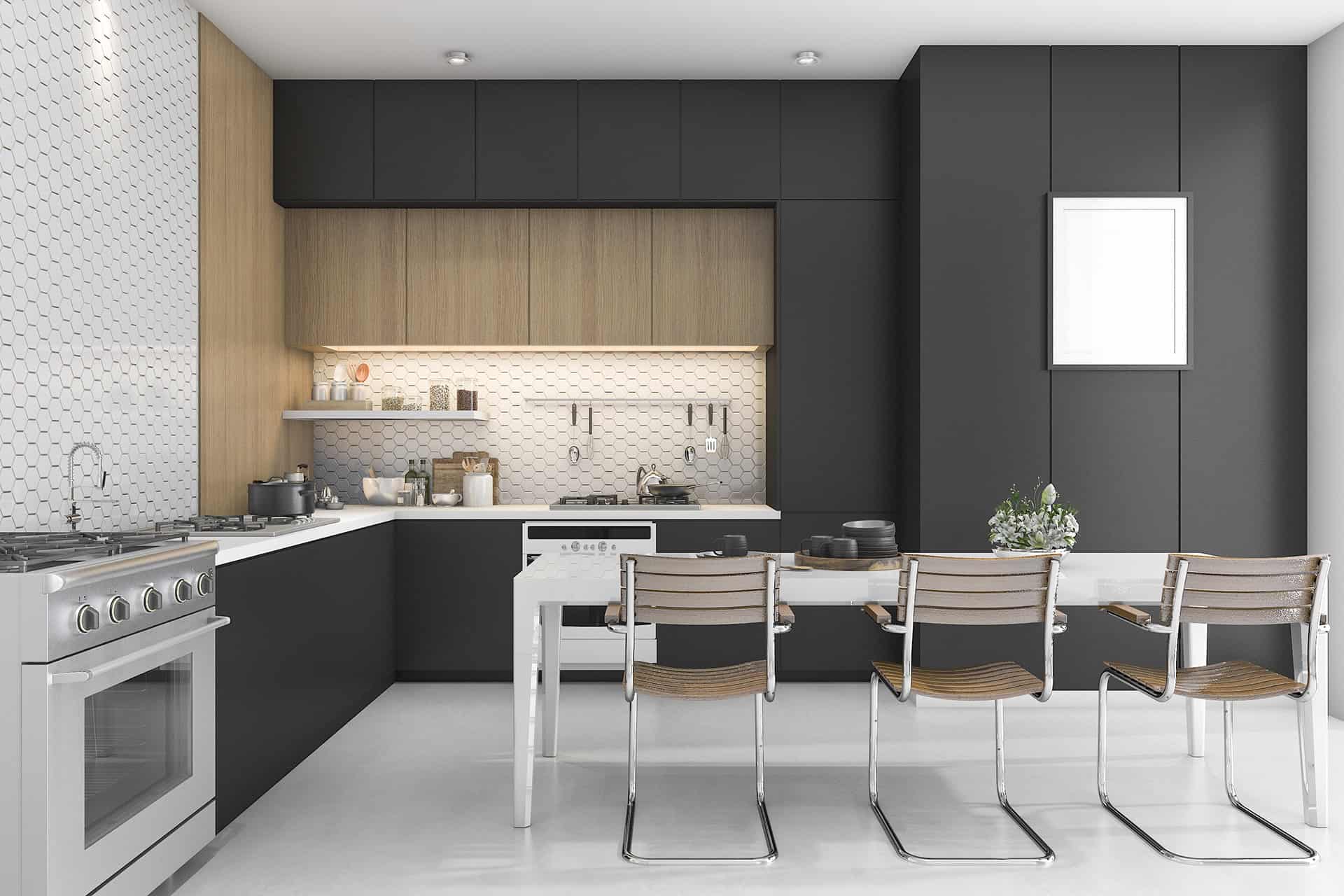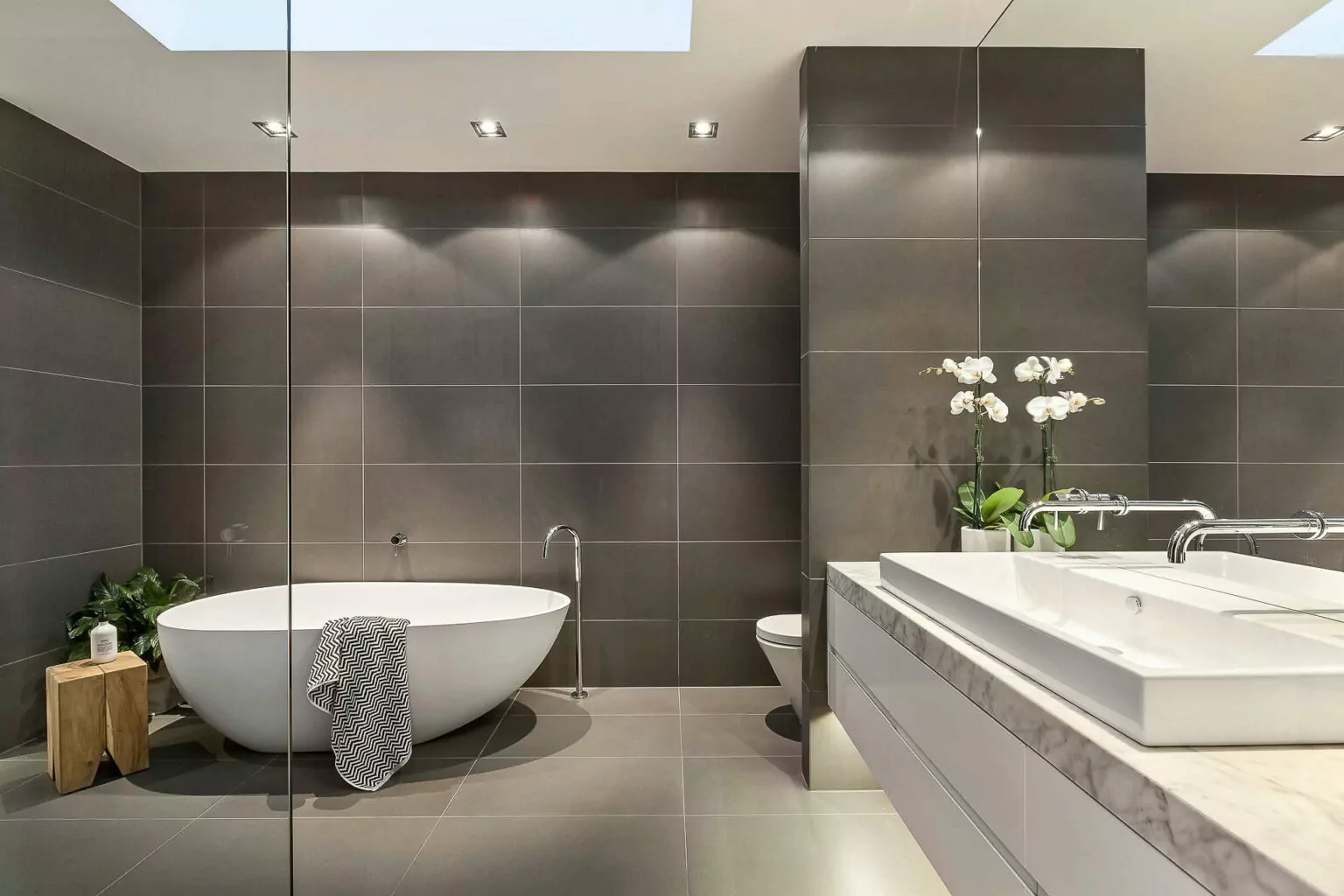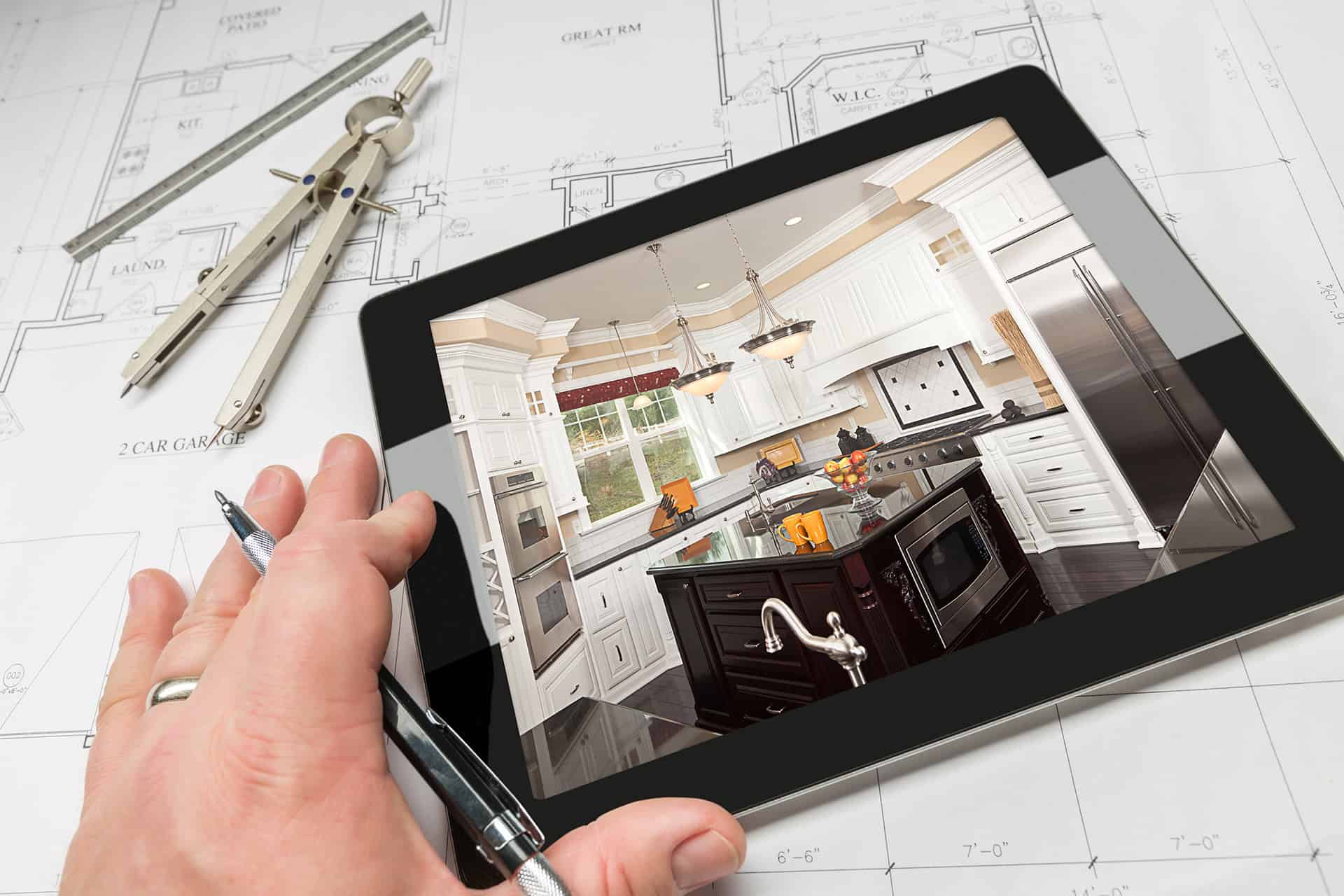A modern high-grade floor is obviously among the crucial parameters determining both the spirit and value of a house. Professionally laid beautiful floor provides a solid base for all other design elements and colors. You might have heard or read the expression ‘floating floors’ pondering over what construction experts mean by this term, how the floorboards/planks are placed, and whether the renewal of the existing flooring comes at high costs. Let’s dive in.
In fact, a floating floor represents a floor-placement technique, which implies that the surface isn’t fastened to the underlying material. Hence, the upper layer just extends above the counter floor; panels are interlocked via the “click-in” system and the surface delivers the feeling of free-standing.
Occasionally, lay people apply the term “floating flooring” interchangeably with the expression “laminate flooring” — laminate was the first floating variant that appeared in the market. At present, it’s feasible to make virtually any flooring floating – this floor-laying system is utilized for vinyl, cork, and even hardwood.
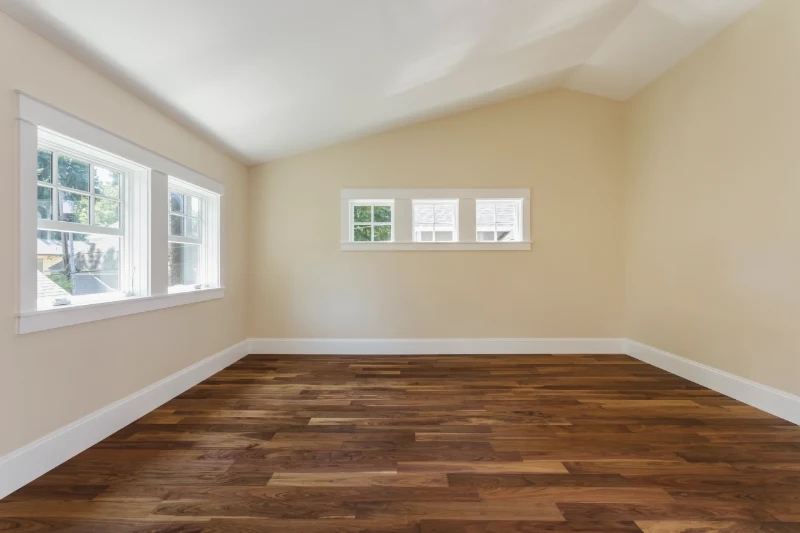
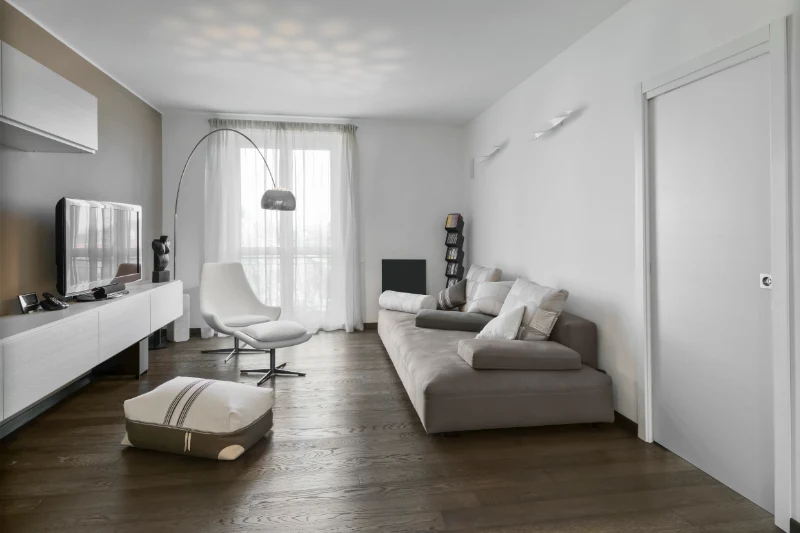
Why Do Many House Owners Opt for a Floating Floor?
Besides the polished look, house owners appreciate reasonable pricing of the floating hardwood floor: not as expensive as conventional installation techniques, the procedure takes less effort & time.
Experts consider floating floor installation as quite straightforward — experienced in DIY renovations homeowners can renew the floors on their own.
When planks/boards are locked together the total weight is spread over a large area, so the floor turns into a single flat and heavy surface.
The soundproof qualities of the floating wood floor are explained by the use of a cork or glass fiber layer enhanced with neoprene, which acts as both insulating layer and subfloor. This explains why floating flooring is a go-to variant for commercial property and public institutions.
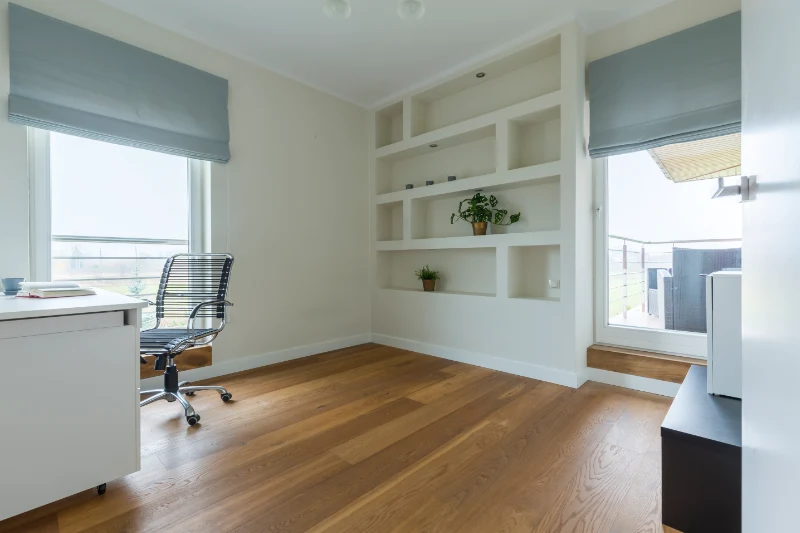
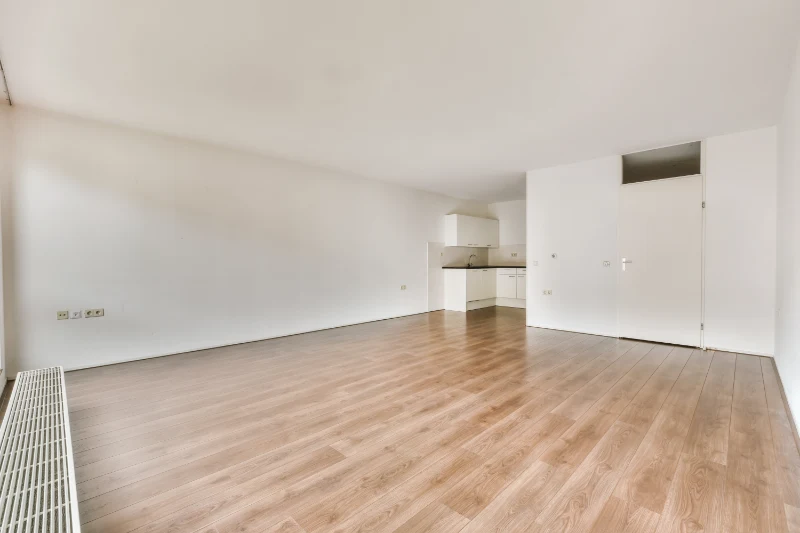
Floating Floor Installation: Key Benefits
The top reasons why floating flooring is favored among house owners and flooring specialists include:
- Straightforward installation. As panels aren’t fastened to the sub-layer, the entire installation procedure is notably faster. Moreover, the floor isn’t damaged like in the case of nailing and/or gluing, and replacement of destroyed boards is very simple. Floor renovation requires less time and effort as boards should be connected forming a smooth unified surface.
- Simple subfloor layer preparation. Minor irregularities of the subfloor are concealed as the floor isn’t glued/nailed to the subfloor. Another good thing lies in the fact that new flooring can be placed on top of the tile flooring, while classic (nails/adhesives) installation requires labor-consuming tile demolition & subfloor installation.
- Lower installation and supplies expenditure. For installing floating floors you’ll need less supplies than for a conventional floor; additionally, man-power costs are lower, and subfloor requires less costly materials and work.
- Sustainability. A great deal of variants are compliant with environmental indicators, such as FSC, LEED, and CARB2.
Note: not all varieties are eco-friendly, so do your research about brands.
- Noise insulation qualities. An air buffer between a subfloor layer and surface absorbs vibration and noise.
- Numerous varieties. Previously, a choice was limited to laminate, now you have a wider selection: floating wood & laminate flooring; additionally, cork & vinyl floating flooring variants have recently appeared in the market.


How Much Does It Cost to Put in a Floating Floor?
Known as low-maintenance, easy-to-install, and easy-on-the-pocket, floating floors represent a sought-after alternative for money-saving floor renewal. Costs range significantly and depend primarily on the selected supplies and the square area.
Commonly, the installation expenditures fluctuate from $3 to $11 per sq. ft. if you hire pros; if you are an advocate of DIY solutions, the costs fall into the $1-$4 range. With costs from $300 to $3,900 per room and the average of $2,100/room, you might be curious about the budget needed for a specific area:
| Square area (sq.ft.) | Approximate costs |
| 100 | $350 – $1,100 |
| 150 | $500 – $1,750 |
| 200 | $650 – $2,200 |
| 250 | $800 – $2,850 |
| 300 | $950 – $3,350 |
| 350 | $1,200 – $3,900 |
Pros typically charge from $2 to $7/sq.ft.; rates do not include supplies, though. If specialists have to dismantle old flooring and get rid of debris, get ready to face higher rates.
Besides, you’d better be ready for extra costs, for instance, subfloor replacement, underlayer, and upgrades (noise insulation, water & scratch resistance). While some add-ons aren’t mandatory and can increase the total costs, they help to extend flooring lifetime and improve the comfort (like in the case of the noise-absorbing layer).
Definitely, you might find numerous YouTube videos with DIY recommendations; yet still, there are subtle functional details and nuances of correct floor-laying that ensure endurance and a sleeky final look of the floor.
To get answers to any questions related to home renovations and/or the optimal solution for your property, contact Groysman Construction, a reputable remodel company in San Diego. Our experts will assuage doubts and consult on the optimal and cost-friendly solution for your project. Request a free quote, and soon you will enjoy a new & stylish floor.

